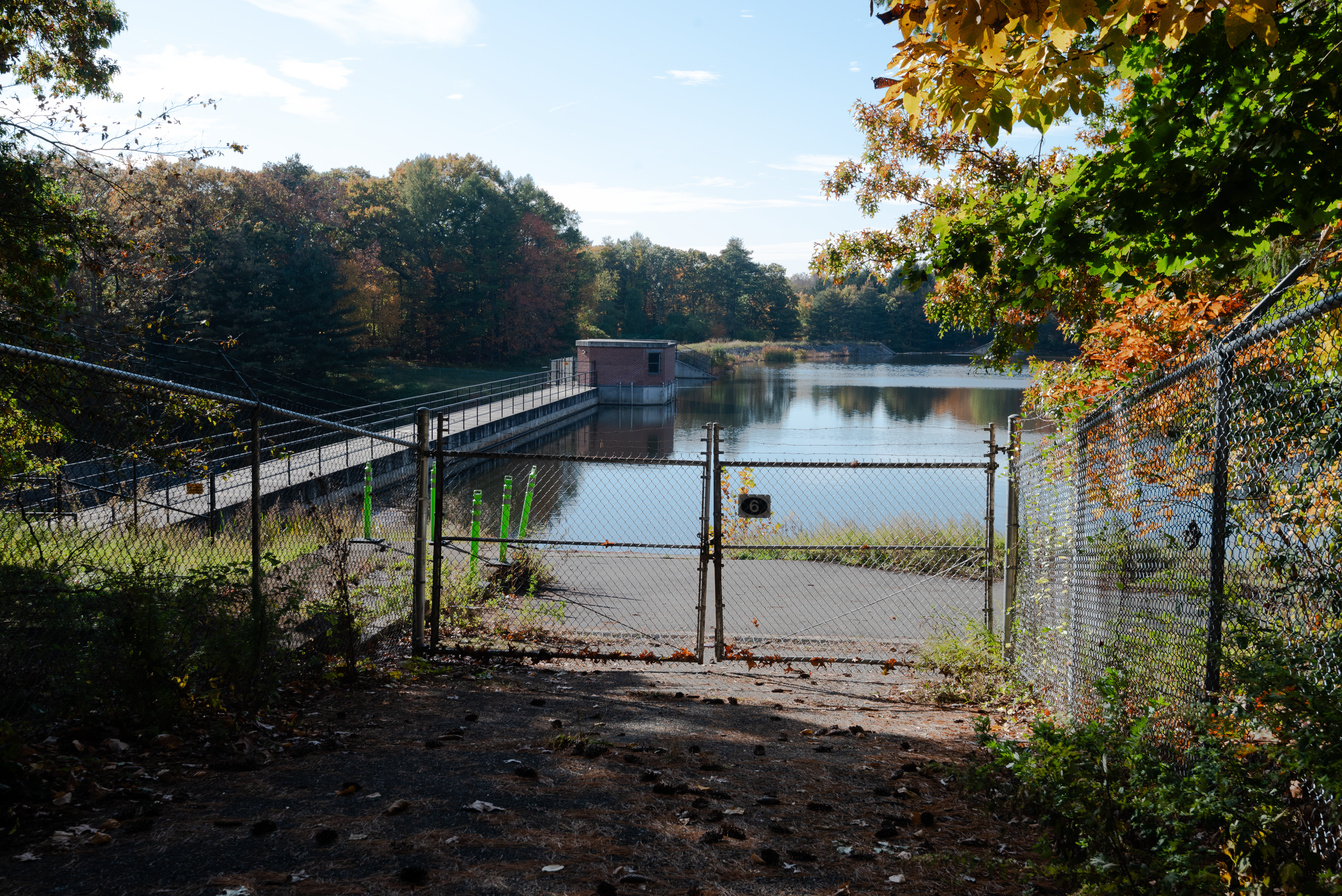Aquarion accused of allowing unsafe PFAS levels

Three residents of New Milford have filed a lawsuit alleging that Bridgeport-headquartered Aquarion Water Co. knowingly provided water with an elevated level of “forever chemicals” without warning them.
According to the lawsuit filed by attorneys from the firm Silver, Golub & Teitell of Stamford on Oct. 18, plaintiffs Deborah Vincent, Kate Losey, and Courtney Richotte were exposed to elevated levels of both Perfluoroalkyl and polyfluoroalkyl Substances (PFAS).
There are over 4,700 chemicals classified as PFAS, but much of the research focuses on the most common chemicals under that classification which are Perfluorooctane Sulfate (PFOS) and Perfluorooctanoic Acid (PFOA), which are also among the most frequently tracked. PFAS are widely referred to as “forever chemicals” because they are not broken down or denatured by most naturally occurring processes and can theoretically remain circulating through water systems indefinitely unless active efforts are made to capture them.
The chemicals were originally used for many industrial and home applications, since their lack of reactivity mean that water, oil, and dirt are repelled, making them useful for non-stick roles like cooking utensils and food packaging as well as clothing and insulation. As a result, since their introduction in the first half of the 20th century they became widely used before their potential health impacts were understood.
“Current scientific research suggests that exposure to certain PFAS may lead to adverse health outcomes,” said the Environmental Protection Agency’s (EPA) official understanding. “However, research is still ongoing to determine how different levels of exposure to different PFAS can lead to a variety of health effects. Research is also underway to better understand the health effects associated with low levels of exposure to PFAS over long periods of time, especially in children.”
The plaintiff’s filing noted that research supports a number of negative health effects ranging from increased blood cholesterol levels to birth defects and a higher likelihood of developing several different types of cancer.
“Peer-reviewed studies reflecting the most recent and best scientific understanding of PFAS Chemicals’ impact on human health consider any amount of PFAS chemical exposure, including exposure to PFOS and PFOA, to be hazardous to human health,” the plaintiffs said in their filing. “In fact, negative health effects may occur because of exposure to PFOA or PFOS in drinking water at levels near zero and below most laboratories ability to detect at this time. In other words, exposure to a detectable amount…is hazardous to human health.”
When asked for comment on the matter, Christopher Boyle, director of communications for the Connecticut Department of Health, referred to the state’s PFAS Task Force Action Plan. Per the action plan, the EPA as well as the Connecticut Department of Energy and Environmental Protection (DEEP) have established an “action level” of 70 parts per trillion (ppt) of either PFOA or PFOS. If water is found to exceed the action level, DEEP is authorized to issue an order to the party or parties responsible for the contamination, requiring them to cover the cost of providing those with contaminated water with a clean alternative source.
“PFAS are currently not regulated through the Safe Drinking Water Act,” Boyle said. “DPH derived drinking water action levels for 10 PFAS that reflect the evolving scientific evidence on their toxicity and are more protective of public health than previous Connecticut action levels. DPH has updated our web messaging and educational materials that are posted on the DPH’s web site and are developed in-house to be specific to Connecticut’s guidance values.”
The plaintiffs referred to publicly available information from Aquarion regarding the presence of PFAS in water sources serving the New Milford area to make their case. The table the plaintiffs compiled with the data shows that no Aquarion well serving the town had a PFOA level below 2 ppt across the survey period, with the Meadowbrook and Western Brookfield Wells showing elevated levels between 2019 and 2022. PFOS levels were generally lower, however the Western Brookfield Wells showed PFOS levels between 8 and 13 ppt throughout the survey period, and PFOA levels between 6 and 10 ppt.
While elevated, these levels are still far below the 70 ppt established by the state action level. However, the plaintiffs argue that the high levels still constitute a violation of the Connecticut Product Liability Act, and that the PFAS contamination represents the sale of a defective product. As a separate count, they charge that Aquarion has violated the Connecticut Unfair Trade Practices Act.
“Defendant Aquarion deceptively marketed, advertised, offered and represented to Plaintiffs … that the water sold by defendant Aquarion was safe and reliable when in fact that was not the case because it was contaminated with PFAS chemicals, which are harmful to human health,” the complaint stated, casting the matter as one of poor business practice even without a legal limit set on PFAS.
The complaint seeks damages for an unspecified amount, and an order that Aquarion install water treatment equipment that can eliminate all PFAS and establish a health monitoring program for those exposed to the chemicals through their drinking water.
Peter Fazekas, the director of corporate communications for Aquarion provided a statement indicating that the company “takes the quality of its water very seriously,” but added that “currently there are no federal or state (Connecticut) enforceable standards for the treatment of [PFAS].”
“Aquarion is committed to continuing to work closely with policymakers, regulators, and other stakeholders to address PFAS. In March 2023, the United States Environmental Protection Agency proposed a PFAS National Primary Drinking Water Regulation which is expected to be finalized in late 2023/early 2024,” Fazekas added. “Under the proposed regulation, water systems will have three years to follow these new standards. Effective collaboration between water companies and public officials will be critical to ensuring these standards are met.”
At the time of writing, Aquarion has not filed a legal reply to the complaint.